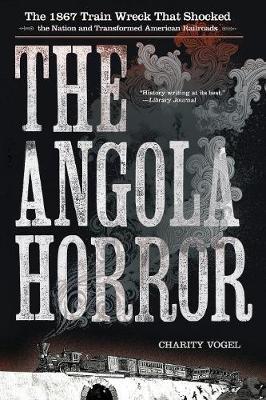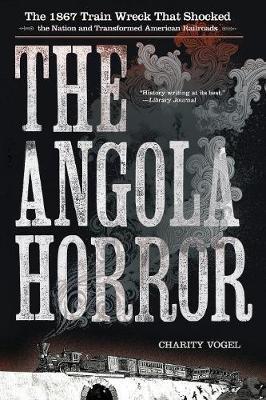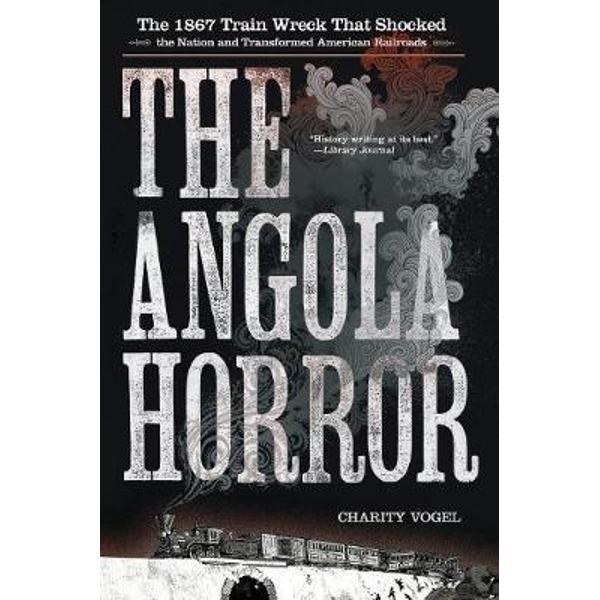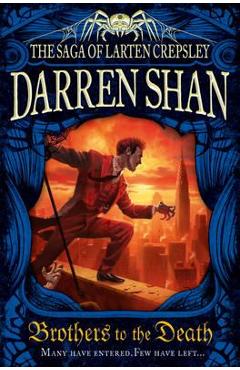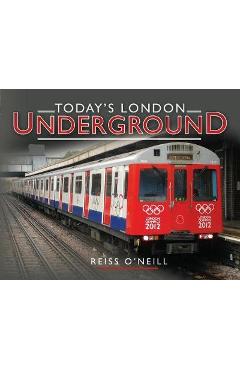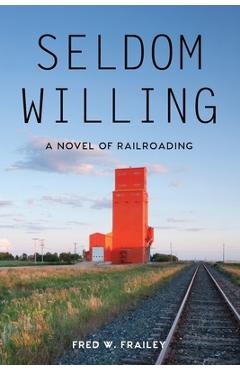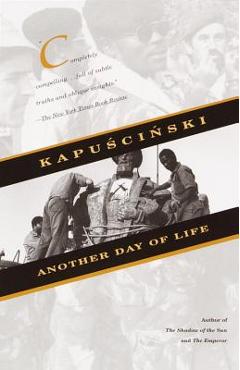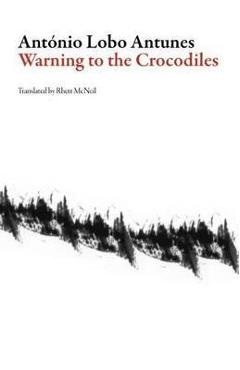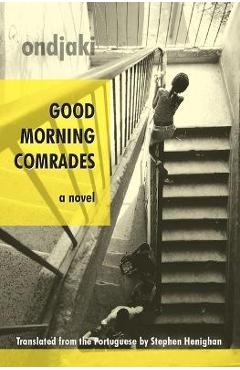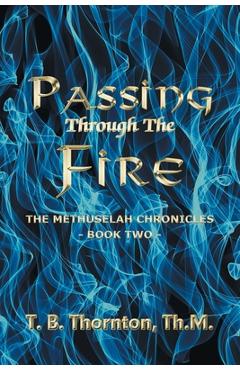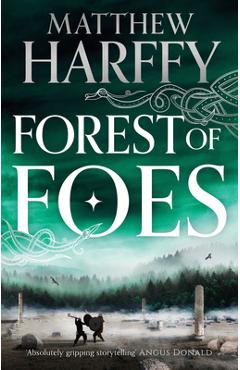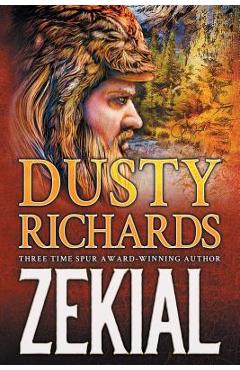Angola Horror
Angola Horror
In a dramatic historical narrative, Charity Vogel tells the gripping, true-to-life story of the wreck and the characters involved in the tragic accident. Her tale weaves together the stories of the people-some unknown; others soon to be famous-caught up in the disaster, the facts of the New York Express's fateful run, the fiery scenes in the creek ravine, and the subsequent legal, legislative, and journalistic search for answers to the question: what had happened at Angola, and why? The Angola Horror is a classic story of disaster and its aftermath, in which events coincide to produce horrific consequences and people are forced to respond to experiences that test the limits of their endurance. Vogel sets the Angola Horror against a broader context of the developing technology of railroads, the culture of the nation's print media, the public policy legislation of the post-Civil War era, and, finally, the culture of death and mourning in the Victorian period. The Angola Horror sheds light on the psyche of the American nation. The fatal wreck of an express train nine years later, during a similar bridge crossing in Ashtabula, Ohio, serves as a chilling coda to the story.
PRP: 135.92 Lei
Acesta este Pretul Recomandat de Producator. Pretul de vanzare al produsului este afisat mai jos.
122.33Lei
122.33Lei
135.92 LeiIndisponibil
Descrierea produsului
In a dramatic historical narrative, Charity Vogel tells the gripping, true-to-life story of the wreck and the characters involved in the tragic accident. Her tale weaves together the stories of the people-some unknown; others soon to be famous-caught up in the disaster, the facts of the New York Express's fateful run, the fiery scenes in the creek ravine, and the subsequent legal, legislative, and journalistic search for answers to the question: what had happened at Angola, and why? The Angola Horror is a classic story of disaster and its aftermath, in which events coincide to produce horrific consequences and people are forced to respond to experiences that test the limits of their endurance. Vogel sets the Angola Horror against a broader context of the developing technology of railroads, the culture of the nation's print media, the public policy legislation of the post-Civil War era, and, finally, the culture of death and mourning in the Victorian period. The Angola Horror sheds light on the psyche of the American nation. The fatal wreck of an express train nine years later, during a similar bridge crossing in Ashtabula, Ohio, serves as a chilling coda to the story.
Detaliile produsului









